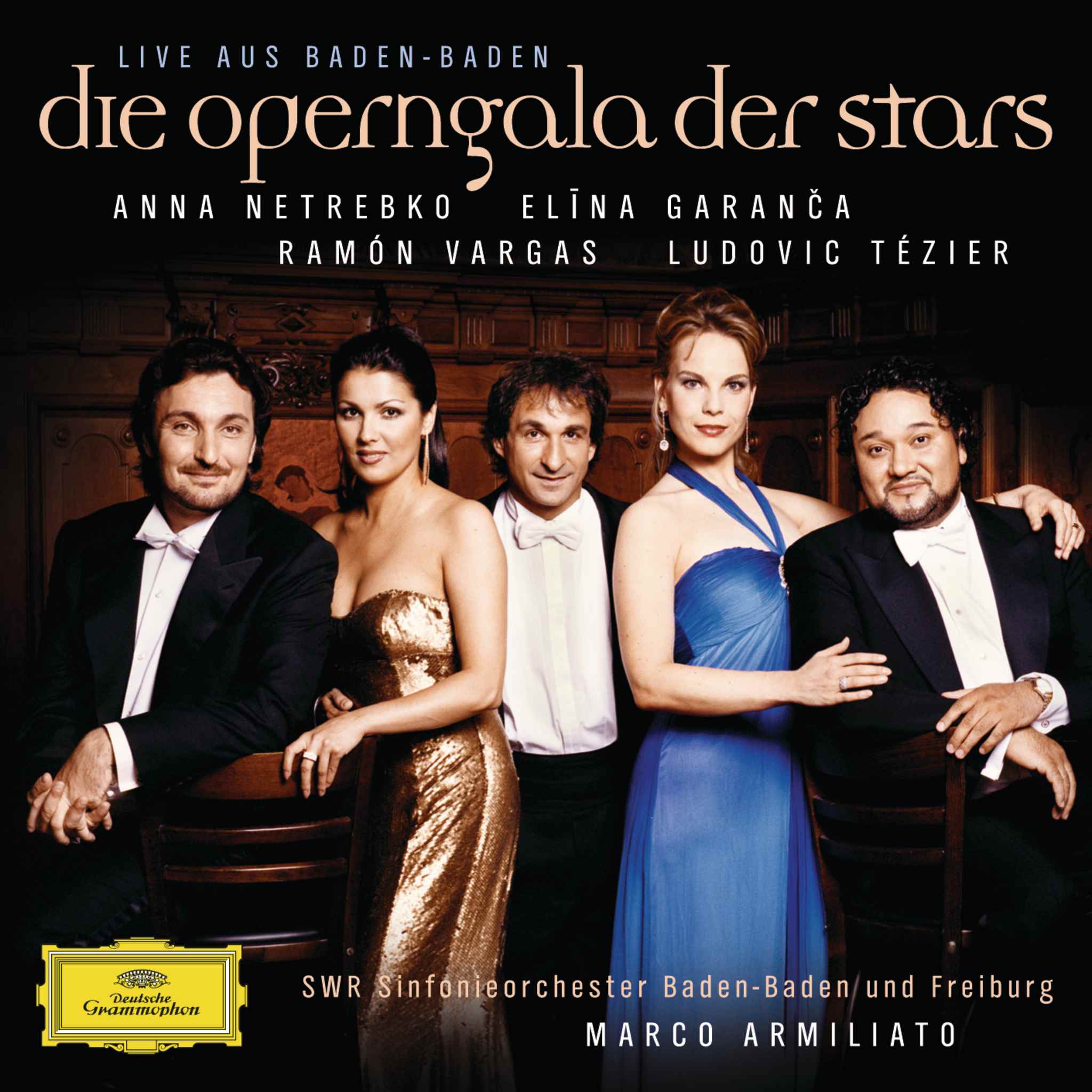Album insights
Johann Sebastian Bachs Weihnachtsoratorium, das zwischen 1734 und 1735 in Leipzig entstand, zählt zu den bedeutendsten Werken der Musikgeschichte. Ursprünglich für mehrere Festtage, einschließlich der Beschneidung Christi, komponiert, wurde das Werk in sechs eigenständigen Teilen aufgeführt, die jedoch in ihrer Gesamtheit ein geschlossenes musikalisches Ganzes ergeben. Eine innovative Rolle spielt dabei die Erzählerfigur, welche die biblische Handlung miteinander verknüpft. Vermutlich stammt der Text von Christian Friedrich Henrici, bekannt als Picander, der die Geschichte von Christi Geburt und Menschwerdung beschreibt. Die Grundlage der Texte bildet hauptsächlich die Lutherbibel, wobei Elemente aus den Evangelien nach Lukas und Matthäus ergänzt werden. Bachs Partitur und zeitgenössische Drucke geben Hinweise auf weitere Aspekte der Aufführungspraxis. Besonders erwähnenswert ist Bachs Anwendung der Parodietechnik, bei der er weltliche Musikmotive in einen geistlichen Rahmen überträgt. Die kreative Leistung Bachs wird in der kunstvollen Verbindung von weltlicher Vorlage und geistlichen Texten deutlich. Jeder der sechs Teile enthält verschiedene musikalische Formen wie Chöre, Rezitative, Arien und Choräle, die gemeinsam den Hörer durch die einzelnen Stationen der biblischen Geschichte führen und ein intensives Klangerlebnis schaffen. Das Oratorium zeichnet sich durch das ausgewogene Zusammenspiel von sakraler und profaner Musik aus. Bach lässt jede Arie, jeden Chor und jeden Choral die Zuhörer in die Erzählung eintauchen. Durch raffinierte Instrumentierung, nuancenreiche Gesangspartien und inhaltlich dichte Texte gelingt ihm eine außergewöhnliche Verbindung zwischen dem Irdischen und dem Göttlichen. Die sechs Abschnitte des Weihnachtsoratoriums beschreiben die Ereignisse von der Geburt Jesu bis zur Flucht nach Ägypten. Jeder Teil widmet sich einem neuen Abschnitt der Geschichte und wird von charakteristischen musikalischen Einflüssen geprägt. Bachs Virtuosität und sein Engagement spiegeln sich in jedem Detail wider und machen das Weihnachtsoratorium zu einem zeitlosen Meisterwerk.











